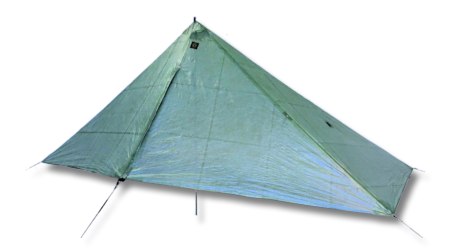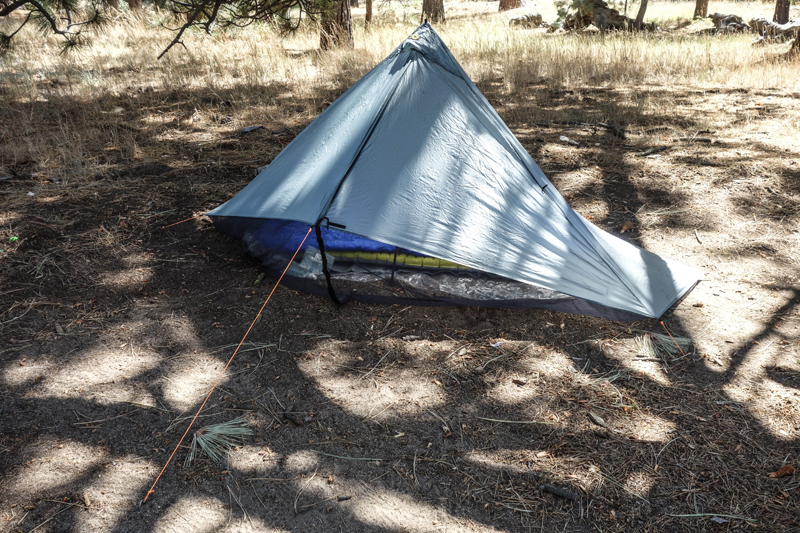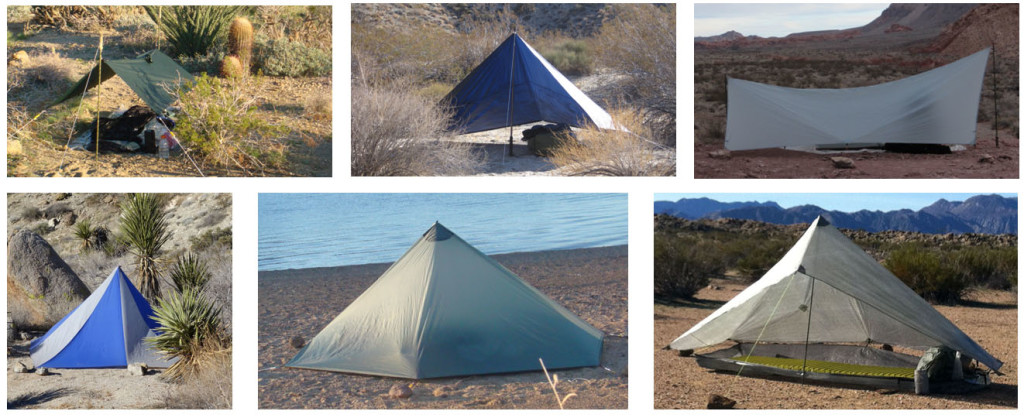It sounds counter intuitive, but I spend much less time on the Internet since I retired, even though all my time is free time, that is, I can do whatever I like, as long as Joyce is happy. I keep myself busy around the house with many tasks, plus we camp more often, not to mention my time spent backpacking.
One thing I am seeing more and more on the Internet are Top Ten Lists for all kinds of consumer goods. Given a good portion of my readers are backpackers, this begs the question, “Can you trust these reviews?” The short, quick answer is, “No.” If it is, “No,” then where can one find good quality trusted reviews?
Continue reading The “Top Ten Lists” – Can You Trust Them?

